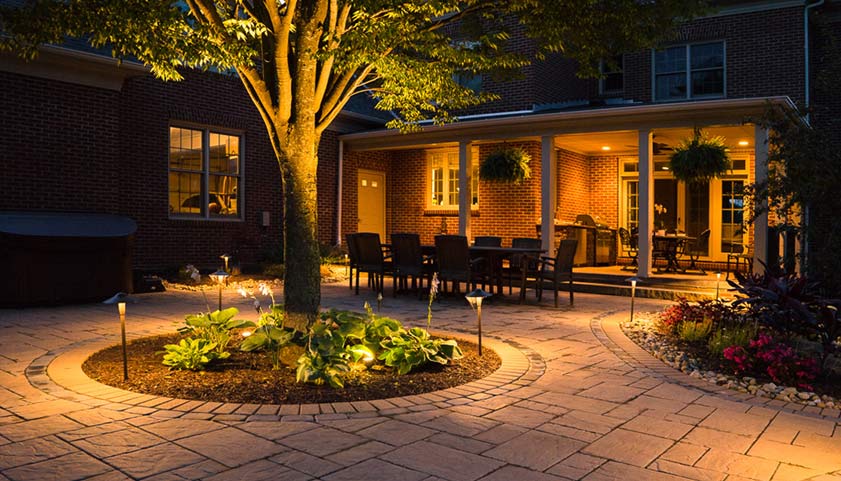Bydly Insights
Explore the latest news, trends, and insights across various topics.
Revolutionize Your Room with Light
Transform your space instantly! Discover creative lighting tips to elevate your room's ambiance and style like never before.
Transform Your Space: The Ultimate Guide to Using Light in Room Design
Light plays a crucial role in room design, affecting not only the aesthetics but also the mood and functionality of a space. To transform your space, start by considering the natural light available in your room. Use large windows, mirrors, and light-colored walls to maximize sunlight exposure. Additionally, think about layering different types of lighting—ambient, task, and accent—to create a balanced atmosphere. For example, pendant lights over a dining table not only provide functional illumination but also serve as decorative focal points.
When planning your lighting strategy, remember the following essential tips:
- Identify the purpose of each room to determine the best lighting approach.
- Incorporate dimmers for adjustable ambiance in living areas and bedrooms.
- Utilize warm tones to create a cozy atmosphere, while cooler tones can help energize spaces like kitchens or home offices.
- Don’t forget about smart lighting solutions that allow for flexibility and convenience.

How to Choose the Right Lighting for Every Room in Your Home
Choosing the right lighting for every room in your home can dramatically affect the ambiance and functionality of your spaces. Start by considering the purpose of each room. For instance, in working areas like the kitchen or home office, task lighting is crucial. This can be achieved through pendant lights or under-cabinet lighting that illuminates work surfaces effectively. In contrast, living rooms or bedrooms benefit from softer, ambient lighting that creates a warm and inviting atmosphere. Use a combination of floor lamps, table lamps, and wall sconces to achieve this.
Next, pay attention to the style and color temperature of your light fixtures. For modern homes, sleek fixtures with clean lines can enhance the overall design, while vintage lamps can add character to more traditional spaces. Additionally, consider the color temperature of the bulbs—warm white (2700K-3000K) is ideal for relaxation areas, while cool white (4000K-5000K) works better in functional spaces. To summarize, deliberate on the room's function, aesthetics, and lighting color to create a harmonious balance throughout your home.
Exploring the Impact of Color Temperature on Your Mood and Environment
The concept of color temperature plays a significant role in influencing our mood and the overall ambiance of our environment. Color temperature, measured in Kelvin (K), describes the appearance of light emitted by a source. Lower color temperatures (around 2700K to 3000K) produce warm, cozy light that fosters feelings of comfort and relaxation, making them ideal for living spaces and bedrooms. In contrast, higher color temperatures (above 5000K) emit cool, bluish light that can enhance alertness and concentration, making them more suitable for workspaces and areas requiring focus.
A study of the impact of color temperature on mood reveals that our surroundings can significantly influence our emotions and productivity. For instance, warm lighting can evoke feelings of tranquility and intimacy, essential for social gatherings or personal reflection. Conversely, cooler lighting is known to stimulate mental clarity and energy, which can be beneficial during tasks such as studying or working on creative projects. Understanding how to manipulate color temperature in different settings can empower you to create spaces that align with your desired emotional state and activities.